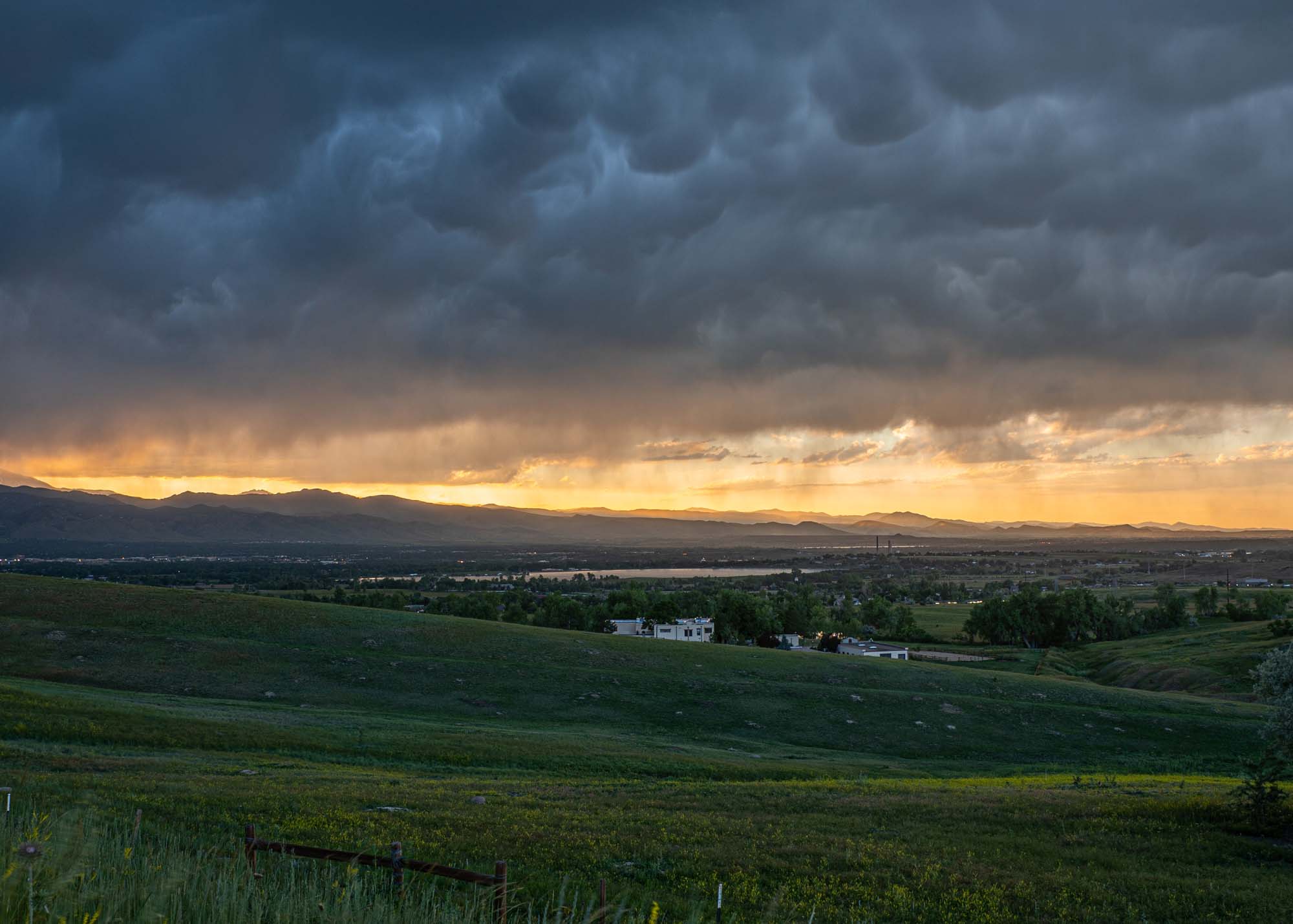
Commercial Real Estate Trends to Look Forward to in 2020
This decade has been a wild one. Facebook buys Instagram and WhatsApp, Donald Trump is elected President, Amazon rises to become the most prevalent online platform. It’s been an exciting 10 years for the country, and an even more exciting few years for the commercial real estate industry. With close to $17 trillion (yes, with a “t”!) in market value in 2018 alone, it’s obvious that the commercial real estate market is heating up and shows no signs of slowing down. So, what should you keep an eye out for? Keep the next few trends in mind as you go into 2020.
Millennials and Gen Z take on housing
These two demographics have wildly different expectations and purchasing habits than their Baby Boomer and Gen X counterparts. There’s been a huge shift that impacts both residential and commercial property investment, and that includes a general migration from the countryside and suburbs to cities. This migration results in a need for infrastructure from apartment buildings themselves, also known as multi-family units. For Gen Z renters, the competition to make condos and apartment buildings similar to a grown-up dorm room has swept the nation, and the newest trend of co-living has arrived. That means community based living, luxury amenities, and incorporating tech into the everyday home.
And, while it’s been a meme that millennials can’t afford to buy real estate given the current market, this actually isn’t true. 46% of mortgages in the United States this past year have been from Millennials.
Even more growth in commercial real estate investment
For years, residential real estate has had the hearts of investors in the market. This last decade, however, has seen a huge increase in both demand and supply in commercial real estate properties.
This is all thanks to the massive growth of online and e-commerce markets. In 2018 alone, e-commerce across the US grew by 14.2% and had a market of over $500 billion. With online shopping on the rise, the need for warehouse space and multi-use industrial properties is at an all time high. Add in the housing shortages across major metropolitan cities across the country and the Federal Reserve boosting interest rates, investment will sky rocket.
Tech
Thanks to the tech boom this last decade has been witness to, all parties involved in a typical real estate transaction are now positioned to make more informed decisions, all at their fingertips. For buyers and renters, platforms like Zillow and RedFin make searching for a space feel like browsing through online stores– this also means faster, more efficient purchases, and less time for properties to be on the market.
Tech doesn’t just make it easier to list, find, and eventually buy or sell properties, but it’s being incorporated into homes everywhere to make the day to day as seamless as possible. Coined as the “Internet of Things”, also known as IoT, has grown from automatic alarm systems on a suburban home, to being able to control everything from the temperature to the lights, all from a remote or mobile device. Not only is it cheaper than ever for IoT to be integrated into new buildings and homes, but the tools are becoming so advanced that most property managers and owners can’t help but get on the tech wagon.
Sub-communities
With cities quickly growing across the country, the thoughtful planning of up and coming areas will be put into the spotlight in 2020. It’s planning like this that determines the affordability, design, local business culture, and balance of future jobs within a specific neighborhood.
Boulder in particular has given a lot of care to East Boulder— the area between Foothills Parkway, the Boulder airport, 63rd Street, and Arapahoe Avenue. There’s been an incredibly fast rate of change in this area, and it’s boomed with activity as of late. We can only imagine the hype around East Boulder getting bigger as we roll into the new year- and with a focus on local, small businesses, arts and culture, and climate commitment, it’ll be the next hottest spot to set up shop.
